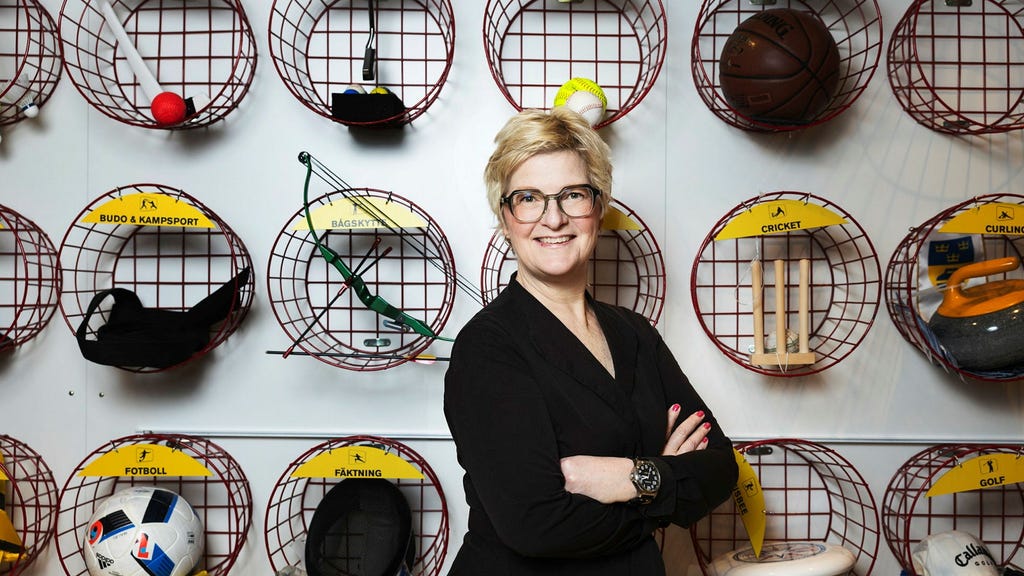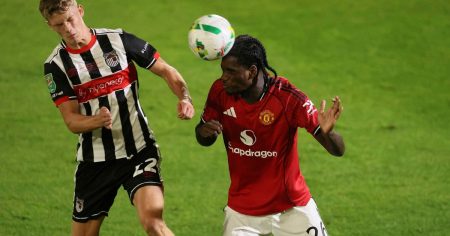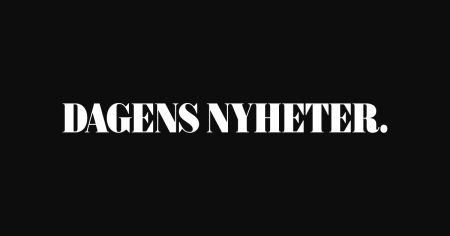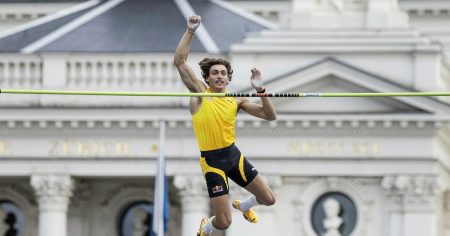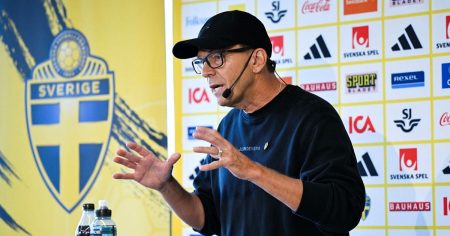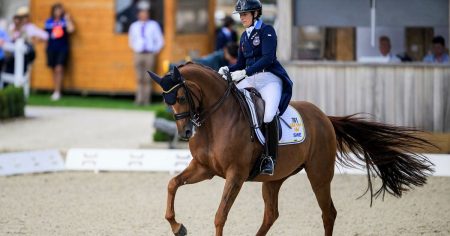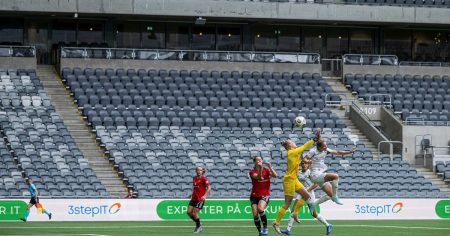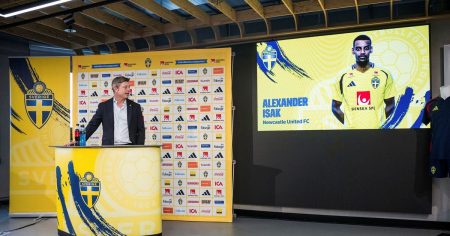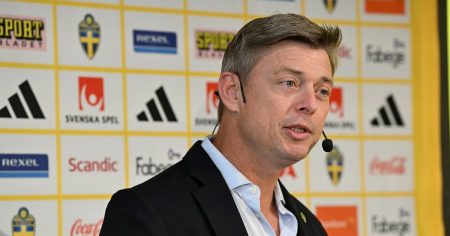Paragraph 1: Anna Iwarsson and the State of Swedish Sports
Anna Iwarsson, the chairperson of the Swedish Sports Confederation (Riksidrottsförbundet, RF), is poised for re-election, being the sole nominee. Her focus remains on critical issues facing Swedish sports: addressing the shortage of sports facilities, fostering robust association democracy, collaborating with the Swedish Olympic Committee to improve elite athlete conditions, and tackling the contentious issue of early selection in youth sports. This latter point has brought increased scrutiny from the government, with concerns about the potential negative impact of early specialization on young athletes.
Paragraph 2: The Debate on Early Selection and Specialization
The Swedish government, particularly Sports Minister Jakob Forssmed, has voiced concerns about the trend of early selection and specialization in youth sports, often seen in academies and intensive training programs. Iwarsson acknowledges the existence of such practices, particularly within specific sports and larger urban areas, but maintains that it is not a widespread phenomenon across all 72 member federations. She emphasizes the RF’s efforts to promote inclusivity and discourage premature elimination through revised competition rules, such as removing league tables for younger age groups, and updated guidelines for children’s and youth sports.
Paragraph 3: RF’s Stance and the Role of Academies
While Iwarsson acknowledges the importance of adhering to RF’s statutes, which emphasize play and multi-sport participation up to age 12, she also highlights the autonomy of each sports federation in managing its activities. She stresses the expectation that federations comply with the overarching framework agreed upon by the RF, including guidelines developed through extensive consultation with researchers and sports representatives. When questioned about academies for younger children, Iwarsson differentiates between providing ample activity and movement opportunities for children and creating a prematurely elite and performance-oriented environment, which she deems problematic.
Paragraph 4: The Financial Burden on Families and the Risk of Exclusion
The rising cost of youth sports participation presents a significant concern for the RF. Recent research reveals a near doubling of expenses since 2003, with an average annual cost of 9,400 kronor per child and significantly higher figures for sports like ice hockey. Iwarsson expresses alarm at this trend, highlighting the risk of excluding children from lower-income families from participating in organized sports, thereby undermining the principle of accessibility and potentially impacting the RF’s legitimacy as a recipient of state funding.
Paragraph 5: Addressing the Financial Challenges and Resource Allocation
Iwarsson acknowledges the need for a more proactive approach to managing the escalating costs, emphasizing the importance of dialogue with the Sports Minister, municipalities, and regional bodies about issues like facility rental fees, which vary significantly across the country. She advocates for increased resources for sports, including more sponsorship from the private sector and an increase in state funding, which has seen a 24% rise in the past decade. Iwarsson believes that additional funding would enable the RF to provide greater access to sports and physical activity for the Swedish population.
Paragraph 6: Iwarsson’s Vision and Key Priorities
Iwarsson’s vision for Swedish sports includes improved conditions for elite athletes, addressing the shortage of sports facilities, further developing organizational democracy within sports clubs, and tackling the complex issue of early specialization in youth sports. She highlights the success of collaborating with the Olympic and Paralympic Committees in raising awareness among political leaders about the need for a robust support system for elite athletes. Iwarsson also emphasizes the importance of the RF’s educational arm, Sisu Idrottsutbildarna, in fostering youth leadership and strengthening the foundations of sports club management and democratic principles within the broader sports movement. Finally, she reaffirms the current stability and broad support for the 51% rule, which safeguards the democratic governance of Swedish sports by ensuring majority control by member associations.





